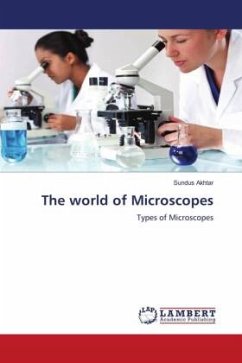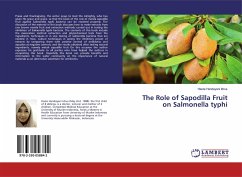The invention of the microscope has opened up a whole new dimension in science. By using microscopes scientists were able to discover the existence of microorganisms, study the structure of cells, and see the smallest parts of plants, animals, and fungi. Today, the microscope is still a commonly used tool to diagnosis illness in hospitals and clinics all over the world. Since their original invention, microscopes have moved beyond the simple visible light refracting lenses. Electrons, x-rays, and infrared rays are used by far more sophisticated (and expensive) microscopes to detect even smaller and smaller structures.
Bitte wählen Sie Ihr Anliegen aus.
Rechnungen
Retourenschein anfordern
Bestellstatus
Storno








